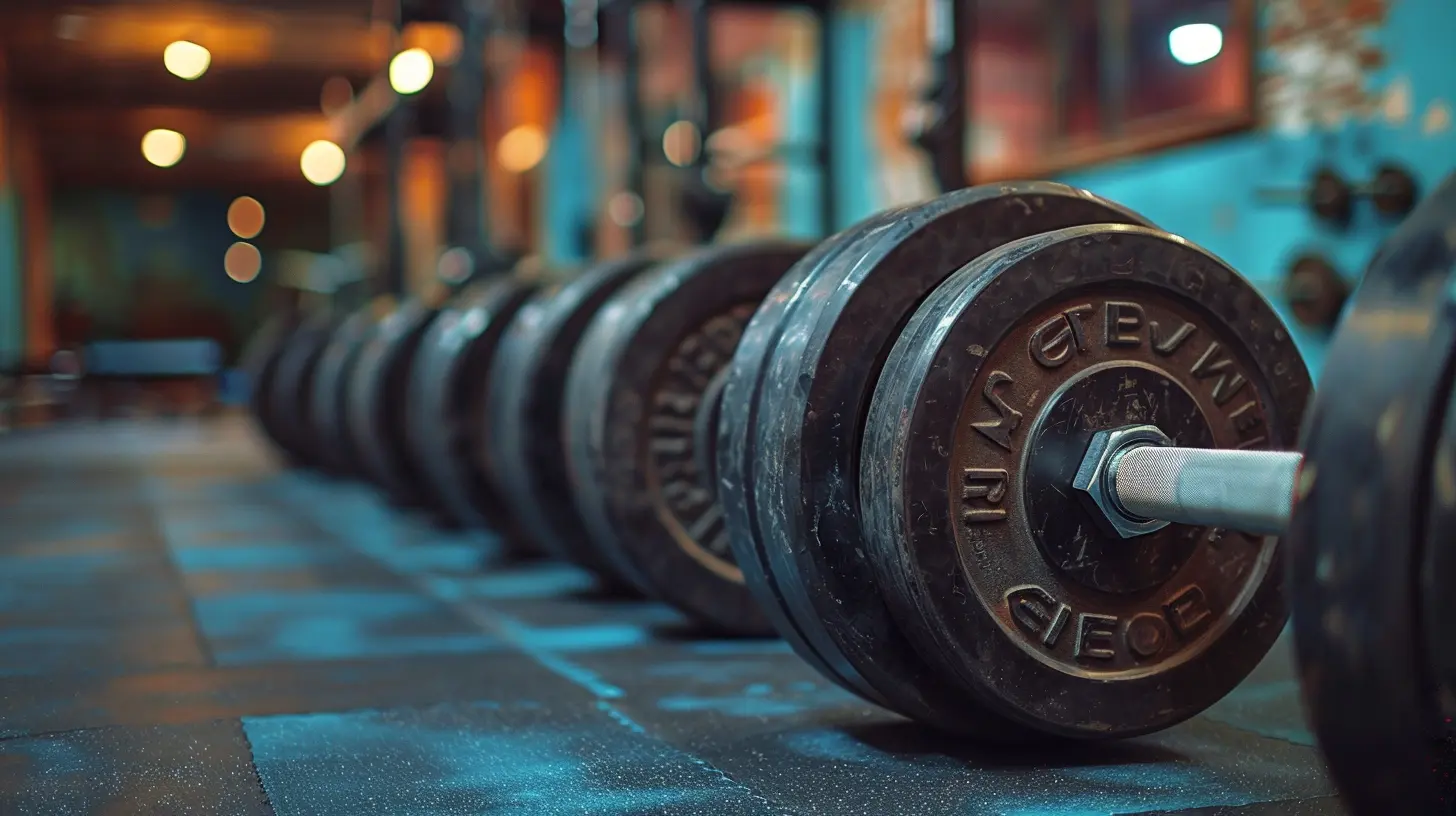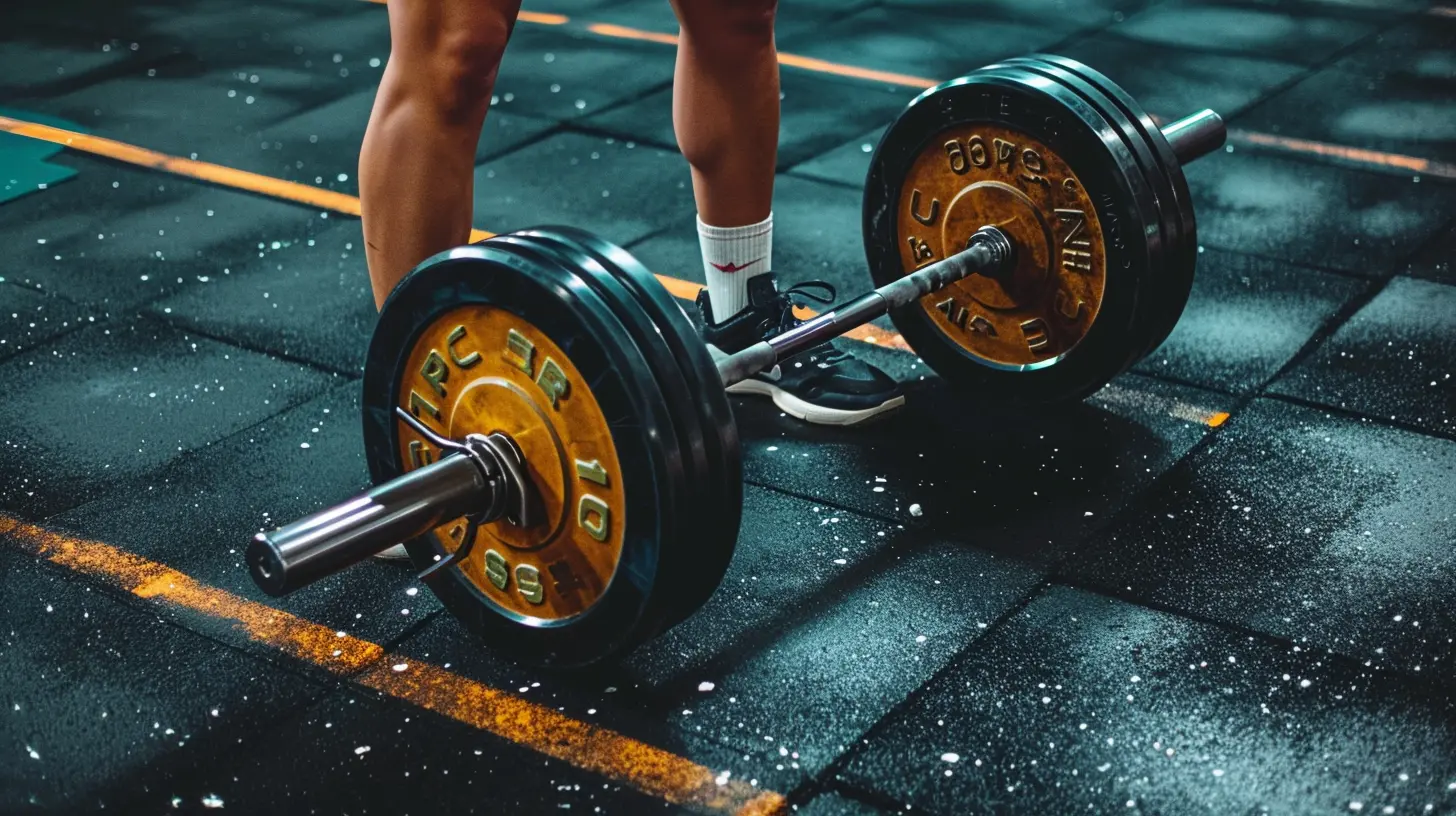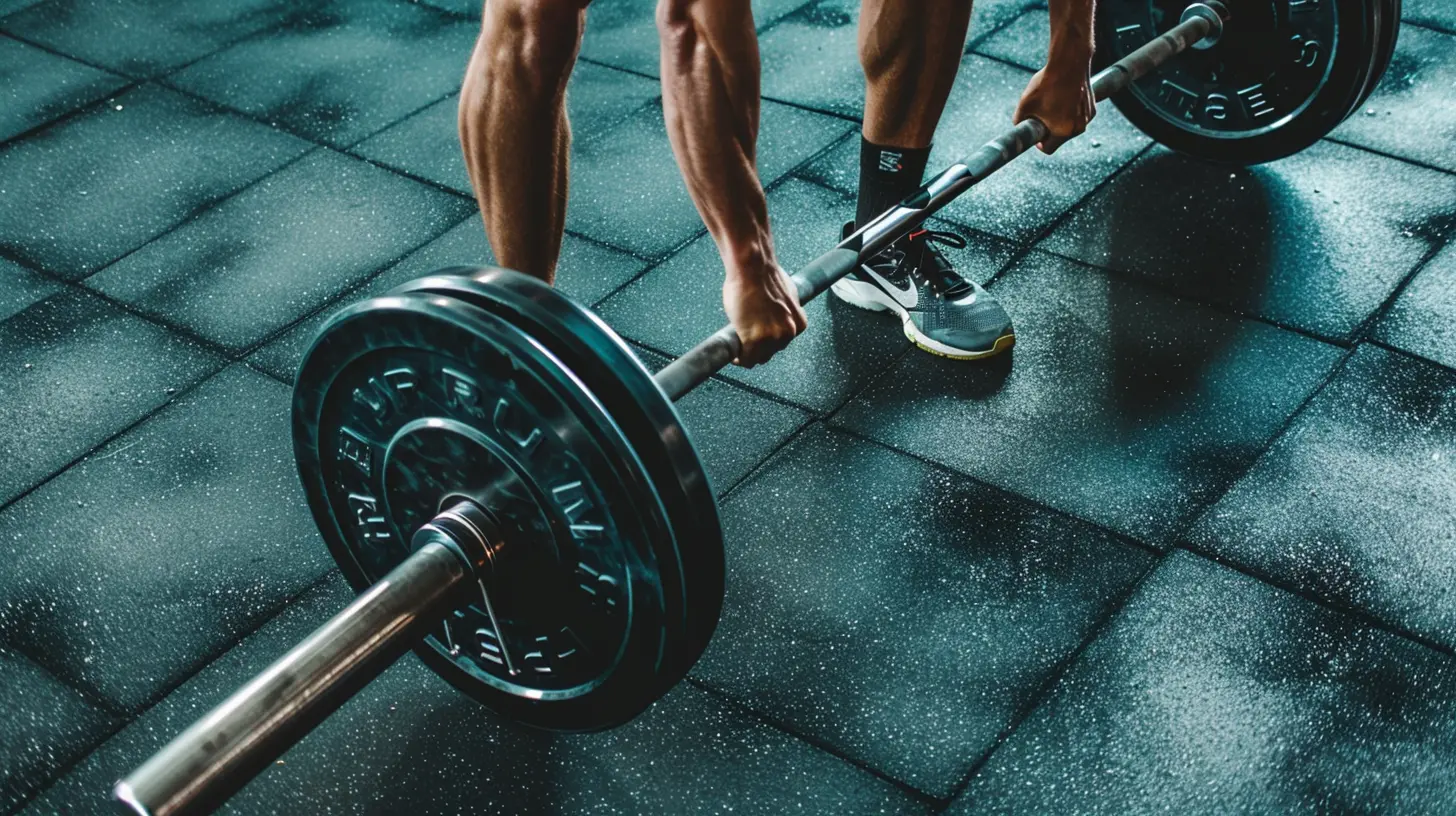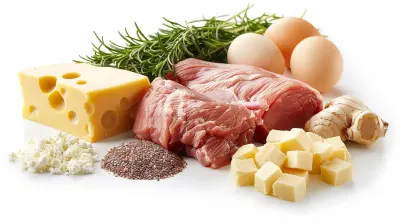The Pros and Cons of Heavy Lifting vs High Reps in Strength Training
22 May 2025
When you walk into the gym, it’s like stepping into a battlefield of opinions. On one end, you’ve got the heavy lifters moving plates like beasts. On the other side, you’ve got the high-rep warriors sweating through endless sets, chasing the burn. So, who’s got the upper hand? Is it better to lift heavy and low, or go light and high?
Let’s cut through the confusion and unpack the real pros and cons of heavy lifting vs high reps in strength training. Whether you're chasing gains, fat loss, endurance, or just trying to feel stronger in your body — this read is for you. 🚀
🏋️♂️ What Is Heavy Lifting?
Heavy lifting, simply put, means using weights that challenge you within low rep ranges — typically around 1 to 6 reps per set. We're talking 80–95% of your one-rep max (1RM). You’re lifting big, and rest periods are longer (up to 3–5 minutes).It’s all about maximal strength and muscle recruitment here. Think powerlifters, Olympic lifters, or even bodybuilders during their strength phase.
🔁 What Are High Reps?
High-rep training flips the switch. Instead of pushing heavy loads for a few reps, you're lifting lighter weights for 12–20+ reps per set. Your muscles are under tension for longer, and your heart rate? Yeah, it's up there too.This style is super common in hypertrophy, endurance, fat loss, and general fitness routines. It’s less intimidating and can be just as challenging — in a different way.
💪 The Pros of Heavy Lifting
1. Builds Raw Strength Like a Beast
Wanna get seriously strong? Heavy lifting is king. When you’re hoisting close to your max capacity, it tells your nervous system, “Hey, we need more brute force, now!” Over time, your body adapts, and boom — strength skyrockets.2. Boosts Muscle Density
Heavy lifting doesn’t just make you stronger; it makes your muscles thicker and denser. It's like turning your muscles from fluffy pancakes into granite slabs.3. Improves Bone Health
Lifting heavy weights stresses your bones in a good way — increasing bone density and reducing your risk of osteoporosis. This is especially important as we age.4. Elevates Testosterone and Growth Hormone
Want a natural hormone boost? Heavy lifting has been shown to spike testosterone and growth hormone levels, crucial for muscle repair, strength, and even fat loss.5. Time-Efficient Workouts
Since you're doing fewer reps and more rest, your workouts can be shorter but still incredibly effective. Perfect for busy bees who want max results in minimal time.
⚠️ The Cons of Heavy Lifting
1. Higher Risk of Injury
Bad form + heavy load = disaster. If your technique’s off, you’re seriously risking back, shoulder, or knee injuries.2. Mentally Intense
Lifting near your max takes serious mental grit. It can be intimidating and sometimes mentally exhausting to “psych up” for every set.3. Not Ideal for Beginners
If you’re new to the gym, jumping straight into heavy lifting isn’t the smartest play. You need a good strength foundation and proper form first.4. Longer Rest Times
Heavy lifting often means resting for several minutes between sets. That can stretch your workout time if you’re not efficient.🔥 The Pros of High Reps
1. Muscle Endurance for Days
High-rep training builds muscular endurance like a champ. It conditions your body to handle repeated stress — perfect for athletes, runners, or folks with active lifestyles.2. Crazy Good for Fat Loss
You’ll be huffing and puffing, trust me. Light weights with high reps crank your heart rate and torch calories, making it great for fat-burning.3. Lower Injury Risk
Because you’re using lighter weight, the risk of catastrophic injury drops significantly — especially if your form needs work.4. Massive Muscle Pump
That “pump” you feel in your arms or legs? Yeah, high reps make that happen. And while it’s mostly blood and fluid influx, it still contributes to hypertrophy (muscle growth) over time.5. Perfect for Beginners
New to strength training? High reps help you nail form, build confidence, and slowly improve strength without overwhelming your joints or ego.👎 The Cons of High Reps
1. May Not Build Maximal Strength
If you're looking to deadlift the weight of a car, high reps won’t get you there. Strength gains plateau quickly without progressive overload and heavier resistance.2. Long, Grueling Sets
Ever done 20 reps of squats? Yeah, not fun. High reps can be long, mentally exhausting, and sometimes just plain boring.3. Risk of Form Breakdown
As your muscles fatigue during a long set, your form can break down — and that’s when injuries sneak in. Stay sharp.4. Less Neurological Adaptation
High reps don’t train your central nervous system the way heavy lifting does. That means you’re not “teaching” your body to fire muscle fibers as efficiently.🔄 So… Which One Should You Choose?
Here’s the thing: you don’t have to choose just one.The real magic happens when you combine both heavy lifting and high-rep training in your routine. Each style trains different energy systems, muscle fibers, and skills. It’s like having Batman and Superman on your team. Why settle for one superhero?
Let’s break it down based on your goals:
🧠 Goal-Oriented Guide
🎯 Goal: Build Strength
Go Heavy (1–6 reps, 80–95% 1RM)Pair it with long rest (2–5 mins) and include compound lifts like squats, deadlifts, bench press. Add some accessory work in higher reps to balance it out.
🎯 Goal: Build Muscle (Hypertrophy)
Mix It UpUse moderate to heavy weights for 8–12 reps, plus some high-rep finishers (15–20 reps). The variety keeps the muscles guessing and growing.
🎯 Goal: Fat Loss
Lean into High Reps with minimal rest between sets. Combine it with circuit-style training and a calorie deficit. Feel the burn — and watch the fat melt.🎯 Goal: Overall Fitness
Blend Both WorldsUse heavy lifting for strength and structure, and high reps for endurance and conditioning. You’ll look good, feel strong, and perform like a machine.
🧬 Muscle Fiber Types and How They React
Did you know your body has different types of muscle fibers?- Type I (Slow-Twitch): These are endurance beasts. They love high-rep, low-weight work.
- Type II (Fast-Twitch): Powerhouses. These thrive on heavy loads and fire fast.
Most people have a mix of both, but leaning into one style too much leaves gains on the table. Hitting both rep ranges ensures you're developing your full athletic potential.
💥 Combining Heavy and High—The Hybrid Approach
Want the best of both worlds? Try this combo:- Day 1: Heavy Compound Lifts (Low Reps)
- Day 2: High-Rep Accessory Work
- Day 3: Functional or Circuit Training
- Day 4: Rest or Active Recovery
This approach balances tension, volume, and recovery for long-term progress without burnout.
🛠️ Final Thought: It’s Not Either/Or — It’s When and How
Look, training isn’t black and white. What works for your buddy might not work for you. And what worked for you last year might not be what your body needs now. The key is listening to your body, tracking your progress, and adjusting intelligently.Heavy lifting will make you strong. High reps will condition and shape you. Together, they’re unstoppable.
So next time someone asks, “Should I lift heavy or do high reps?” — just smile and say, “Why not both?”
📝 Quick Recap
| Training Style | Pros | Cons ||----------------|------|------|
| Heavy Lifting | Builds strength, boosts hormones, densifies muscle | Higher injury risk, longer rest, not beginner-friendly |
| High Reps | Burns fat, builds endurance, safer for joints | Less strength gain, risk of form breakdown, fatigue sets in
all images in this post were generated using AI tools
Category:
Weight TrainingAuthor:

Holly Ellison
Discussion
rate this article
3 comments
Ivory Porter
This article sparks curiosity! I'm eager to learn how heavy lifting compares to high reps not just in building strength, but also in promoting long-term health and injury prevention.
June 12, 2025 at 3:49 AM

Holly Ellison
Thank you for your enthusiasm! Heavy lifting generally promotes strength gains, while higher reps can enhance endurance and joint health. Both approaches have unique benefits for long-term health and injury prevention.
Carly Hudson
Both methods have merit; choose based on personal goals and preferences.
May 25, 2025 at 5:04 AM

Holly Ellison
Thank you for your insight! It's important to align training choices with individual goals for optimal results.
Helen McVicker
Great article! I appreciate the balanced perspective on heavy lifting versus high reps. Understanding both approaches helps individuals tailor their strength training to meet personal goals effectively. Thank you!
May 24, 2025 at 4:35 AM

Holly Ellison
Thank you for your feedback! I'm glad you found the article helpful in tailoring your strength training approach.



